Apple : BLACK OXFORD Large Semi-Dwarf (B118)
$53.95
A rare heirloom apple which is making a real comeback, it was discovered around 1790 on a farm in Oxford County, Maine. Records exist that indicate the original tree was still producing in 1907! Mid-sized deep purple fruit has a glossy black sheen when fully ripe. A great all purpose variety but truly superb for drying or cider. Long storage enhances this apple's sweetness, with peak flavour for the best eating by late winter. Black Oxford is somewhat slow to start bearing and like many older varieties it has a tendency toward biennial (every other year) bearing. It shows both insect and disease resistance.
NEEDS A POLLENIZER | ZONE 4 | HARVEST: LATE OCT.
.
.
Only logged in customers who have purchased this product may leave a review.
Growing Tips
Besides selecting the most disease resistant varieties, there are
a few simple things to do to have better apples.
- Fertilize under the outer edges of your trees. There are no feeder roots next to the trunk. A well fed tree stays healthier. (Adequate calcium in the soil also helps so that apples keep longer.)
- Pick up fallen fruit and compost, dispose of, or feed to livestock (where possible).
- Rake up leaves in the fall and compost them away from the orchard.
- Prune trees to encourage light and air to reach the inside of the tree.
- Provide bird nesting sites near your orchard. A variety of orchard companion type plants will attract native pollinator insects and also encourage birds to come and eat insect pests.
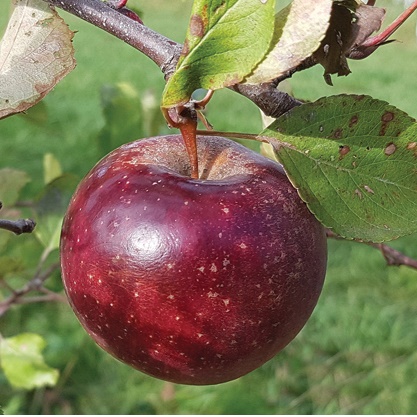
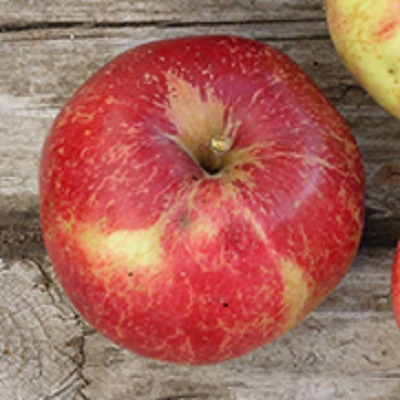
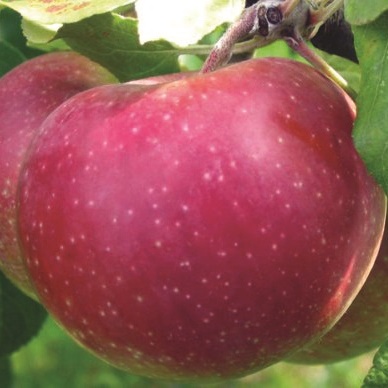
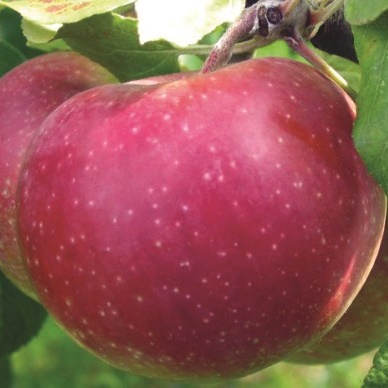
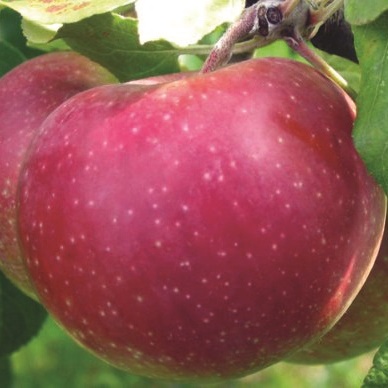
Reviews
There are no reviews yet.